Science Communication – Student Showcase
Student experience 24th October 2023
Third year students taking our module on science communication were challenged to break down scientific articles (usually meant for other scientists) into engaging stories for a public audience.

From writing articles and creating TV news stories to designing museum exhibits and blog posts, students have the chance to get creative and communicate their own interpretations of their subjects of study . Let’s see out some of their awesome projects and hear what they have to say their experience!
Cameron– Communication in Space
This project summarises the recent discovery of molecular hydrogen present in the plumes of Saturn’s icy moon Enceladus. Scientists have confirmed geothermal activity, completing the necessary ingredients for life on this planetary body. I have always been captivated by the possibility of life in our solar system and beyond. Online videos on planetary science websites like NASA captivated me as a young learner. I attempted to emanate this by producing a short video of images and simple text describing the mission’s key findings. I took the images from various space missions, and these images partnered with some atmospheric music. This was to help engage the viewer throughout the video allowing them to understand the key points along the way.
The video is meant for a broad audience, but particularly targets people with an interest in planetary science, some of whom might already have some degree of familiarity with various space missions. The language is relatively simple, though I used some specific terminology with this audience in mind. The video carefully avoids absolute conclusions but communicates clearly the implications of the discovery, allowing viewers to reach their own. Viewers will hopefully leave eager to discover future space missions exploring extra-terrestrial life and habitable planetary bodies.
Rach– Overcoming Stereotypes
The article I chose was ‘Species stereotypes as a result of unconscious research biases compromise conservation efficacy’ by Britnell et al. 2021. My audience was primary through secondary school students interested in zoos/conservation, who I chose to talk to through a song . The article focuses on longstanding biases we hold about animals (such as that pandas are bamboo specialists). It explores how these biases may be wrong, and how to look more critically at conservation efforts for endangered animals. I would also credit Susanne Shultz as an inspiration for this work, as it was her lectures in my third year modules that opened my eyes to these long-standing biases.
Siobhan– Peatland Restoration
This factsheet draws from Purre and Ilomets (2021), a study on how milled peatlands recover following restoration via rewetting. The focus is the success of rewetting, exploring further how revegetation with key plant groups can improve outcomes for ecosystem services. The target audience are the peatland landowners themselves: typically, local governments, farmers and fertiliser companies. Therefore, this factsheet is modelled after the science communication style of European Union, who provide land management guidelines with similar levels of scientific detail.
Oliver– Return of the Lynx
My project involved communicating the findings of a paper documenting the results of a simulated lynx reintroduction in Scotland. The vehicle of communication I selected for this assignment was a New Scientist feature column. This gave me control over the audience the project would reach, it was important they had a pre-existing interest in reintroductions and/or modelling techniques.
The project explains how modelling techniques can be used in conservation biology to a non-academic audience. The specific example of the lynx and their reintroduction is a current area of discussion in British conservation.
Lewis– Capturing Communication
I decided to do a TV news segment in the style of a BBC local morning announcement discussing the paper ‘Progress in carbon capture technologies’ by Wilberforce T et al (2021). This segment would be the introduction story of the morning news for that day.
I created this news story to target an adult audience who have just woken up, turned on their Televisions and are getting ready for work. I used short, snappy click-bait titles and striking imagery to attract the attention of the viewer. The language used would be simple and help drive the key points of the science without overwhelming the audience with jargon and advanced concepts.
carbon sequestrationconservationEarth and Planetary ScienceEnvironmental Sciencescience communication

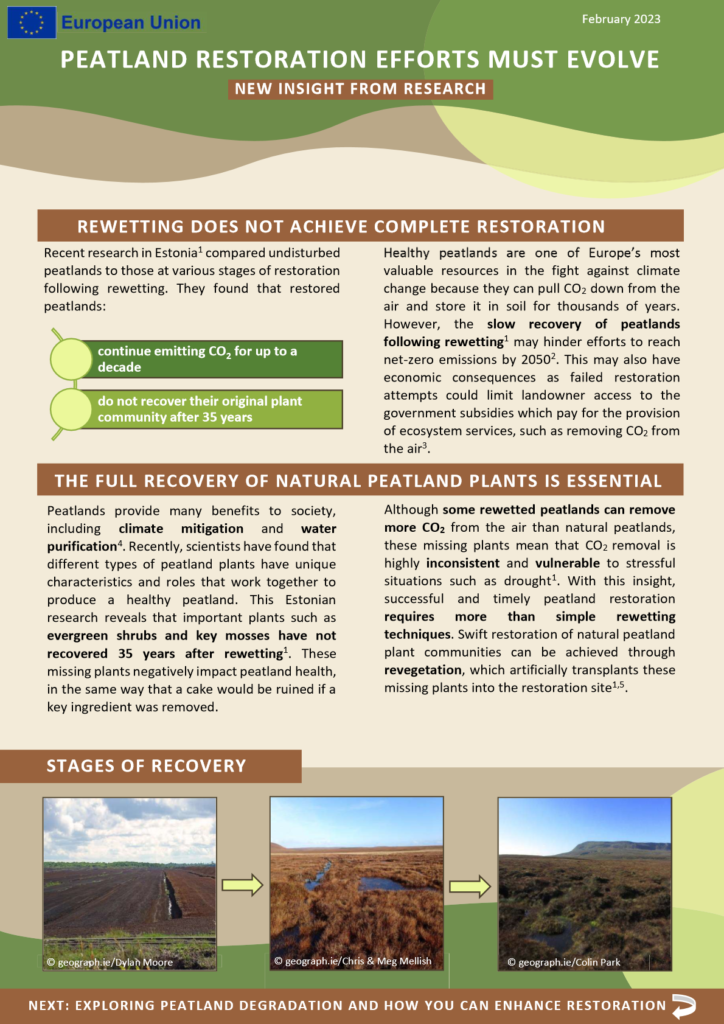
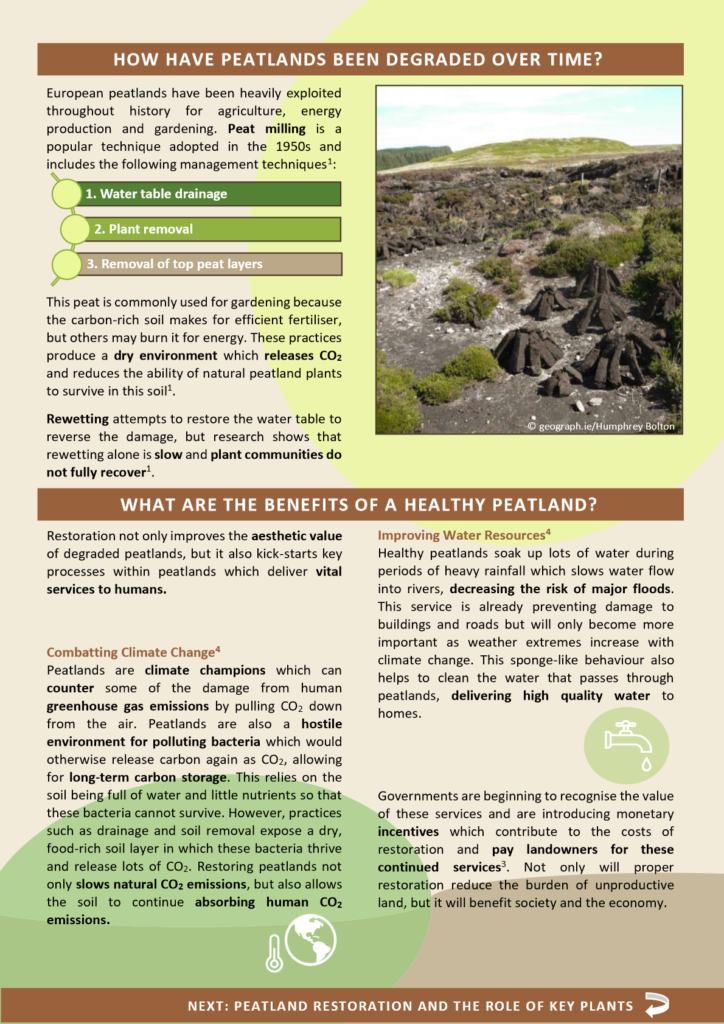
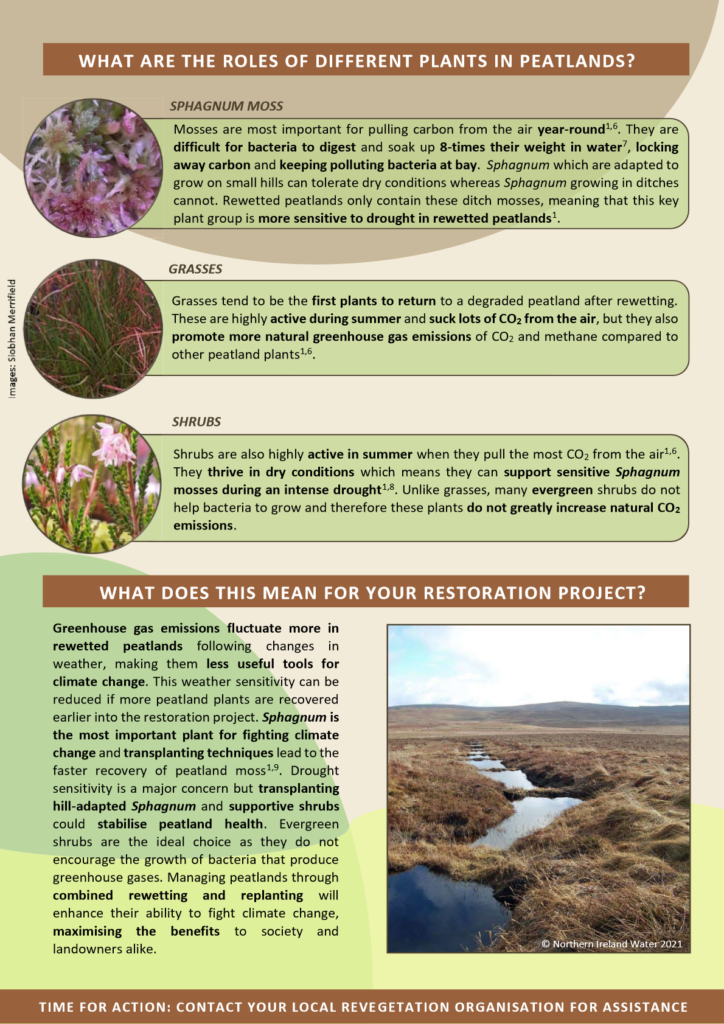
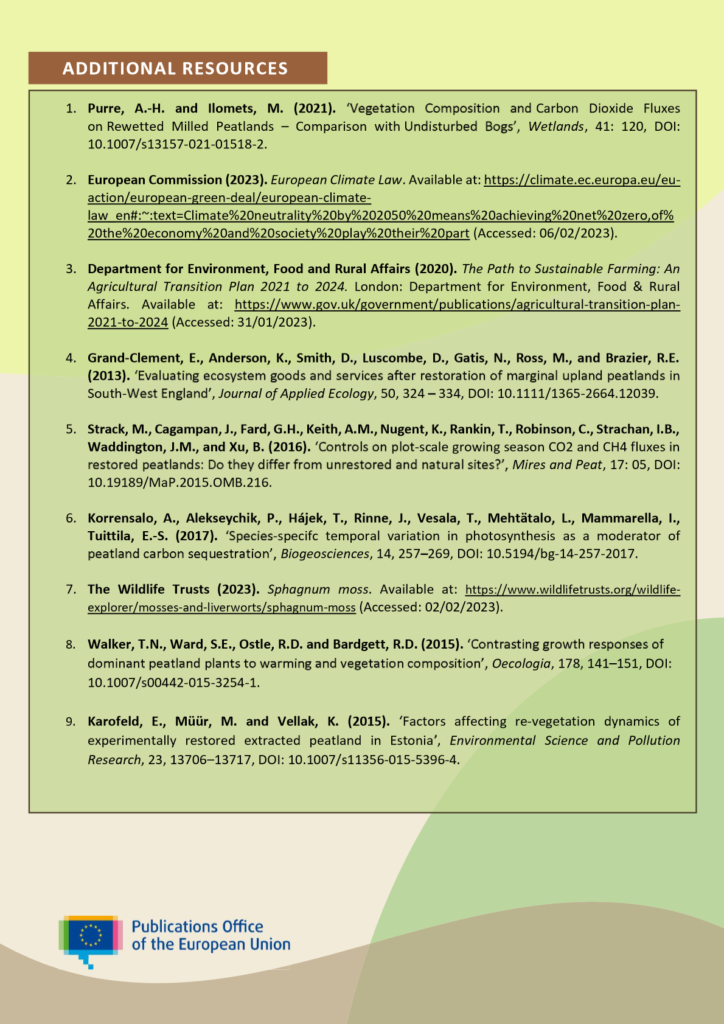
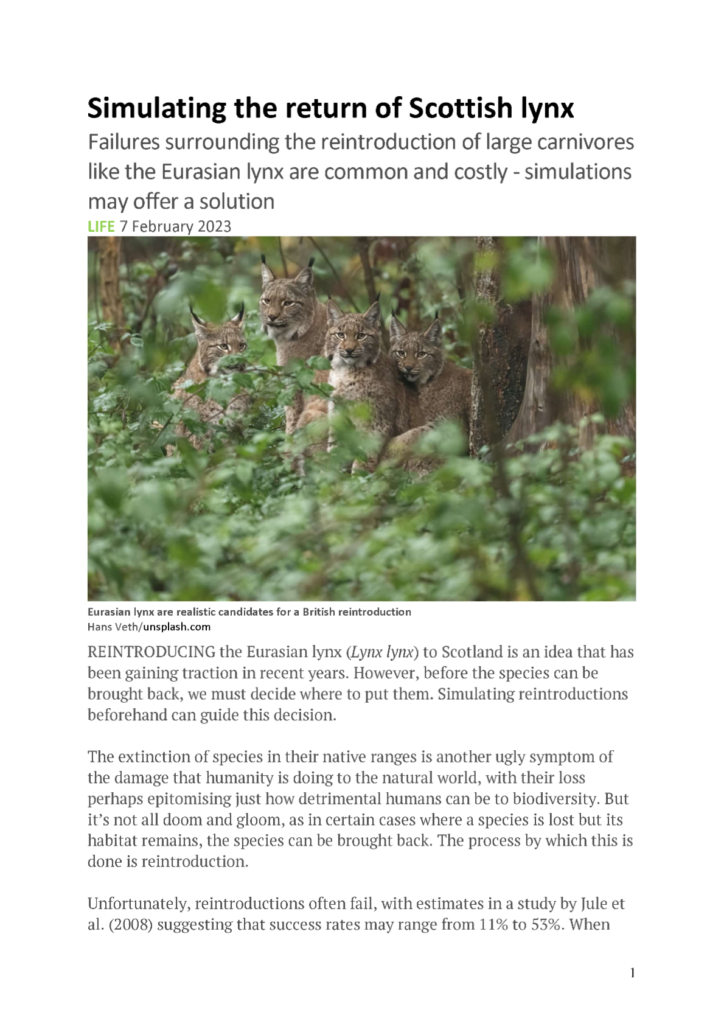
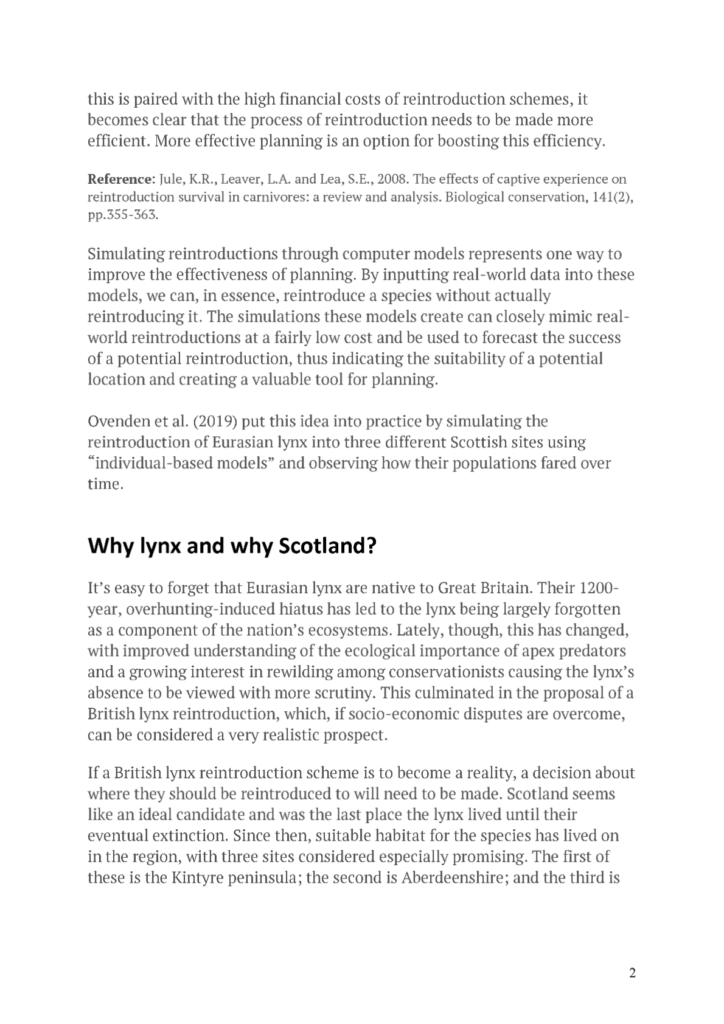
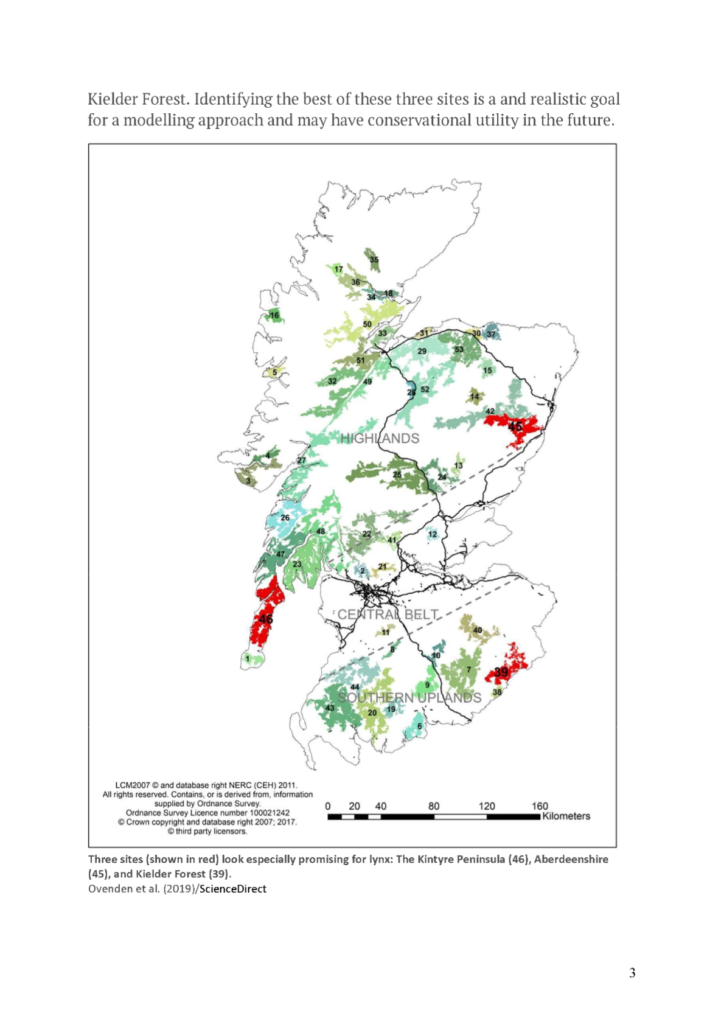
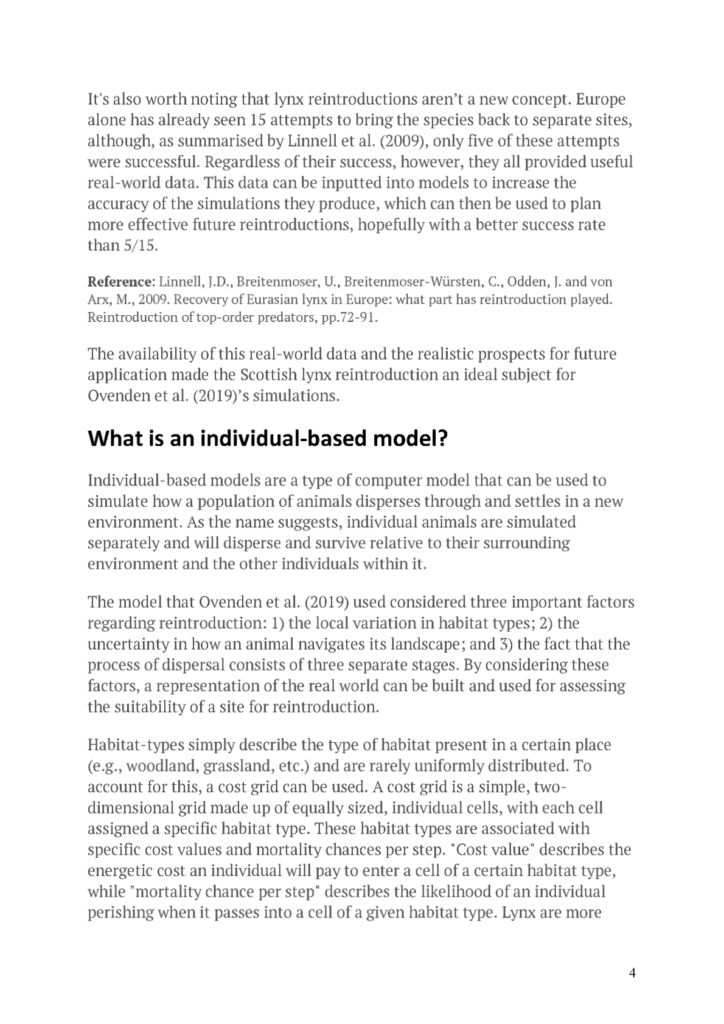
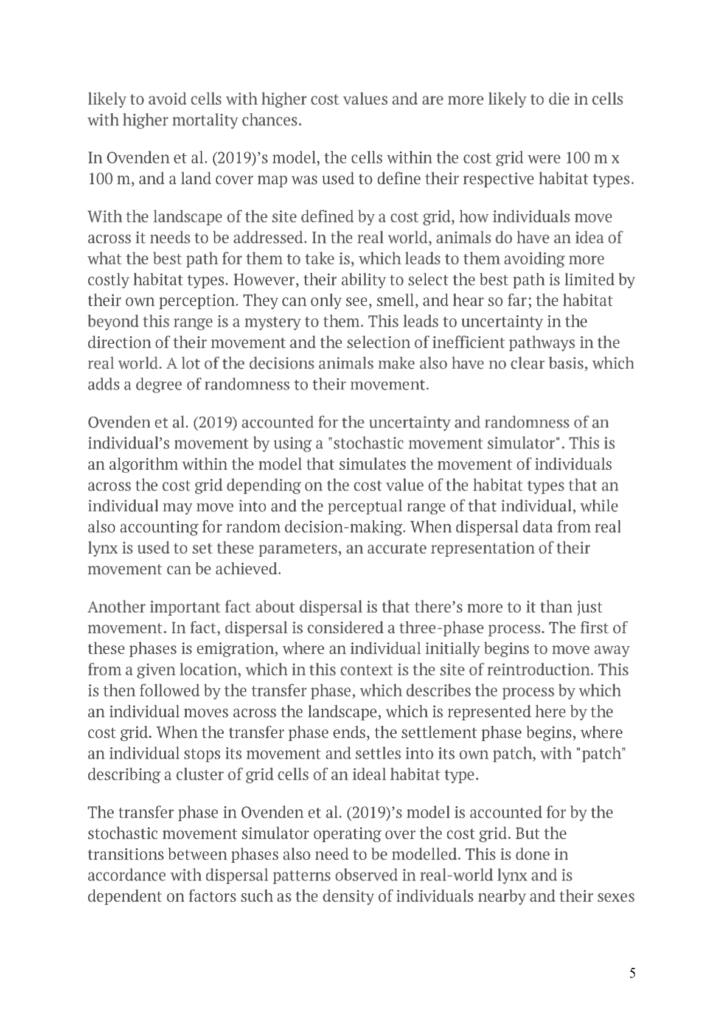
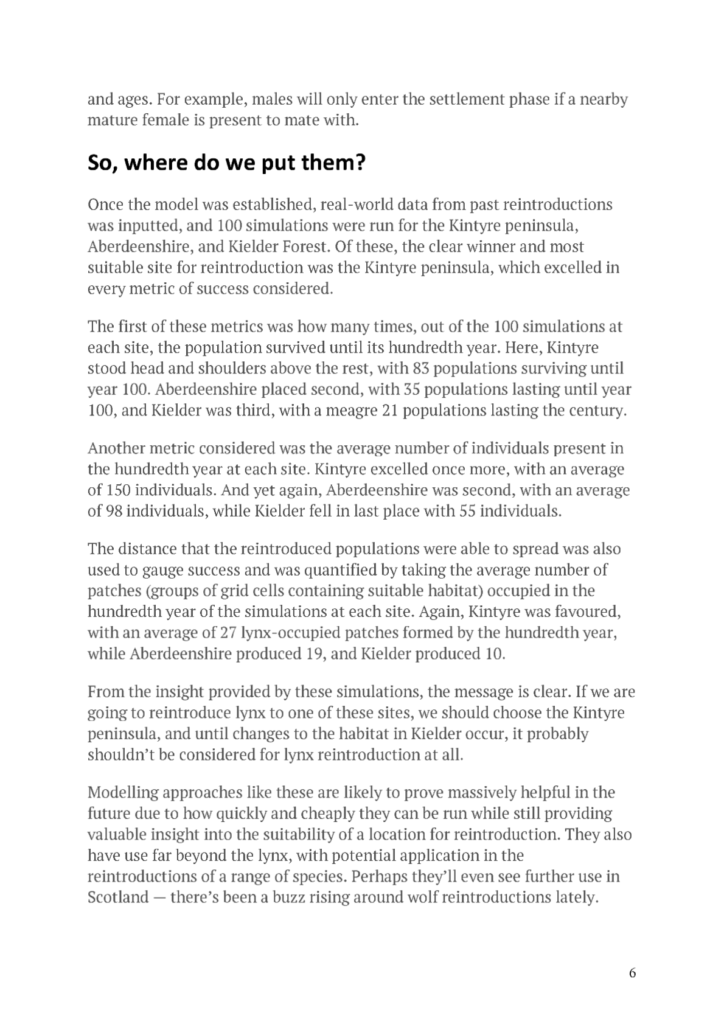
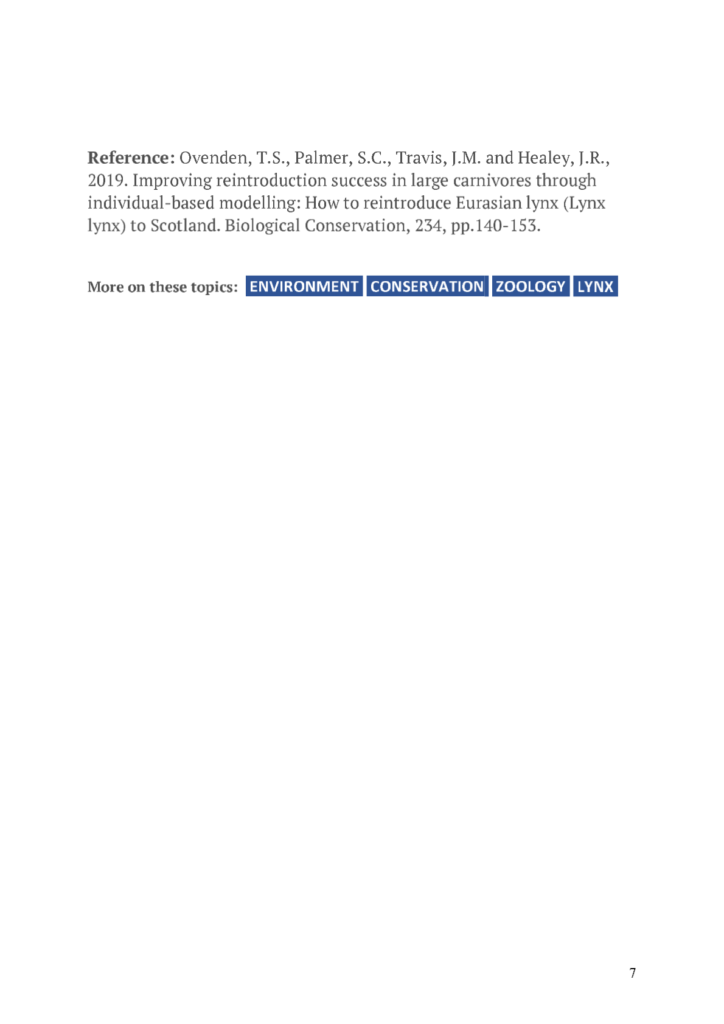
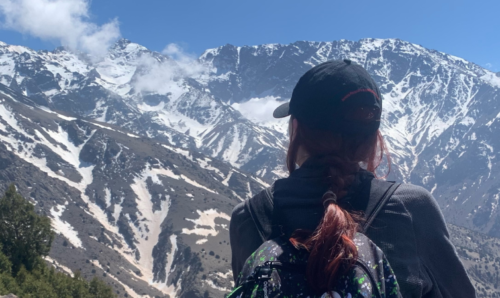

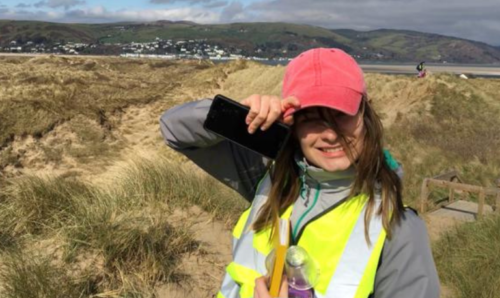
Leave a Reply